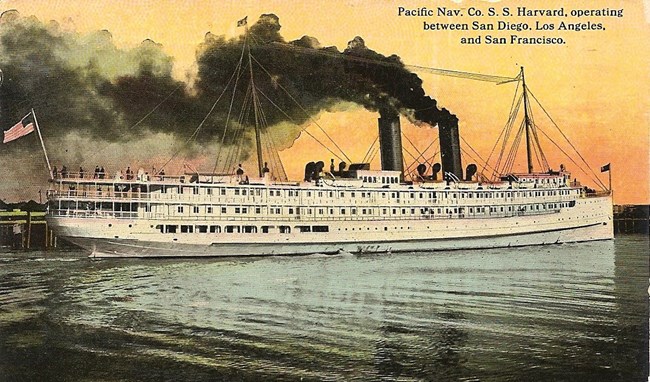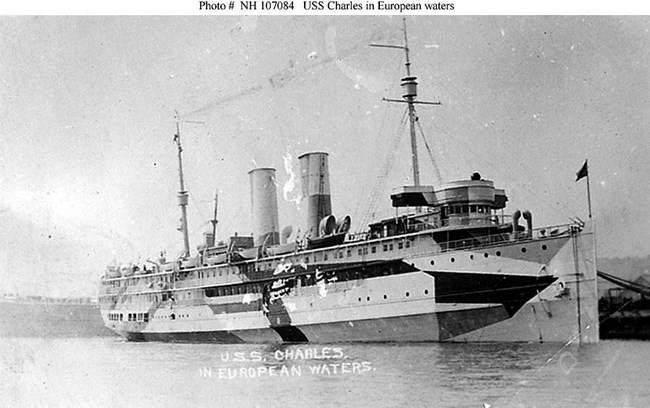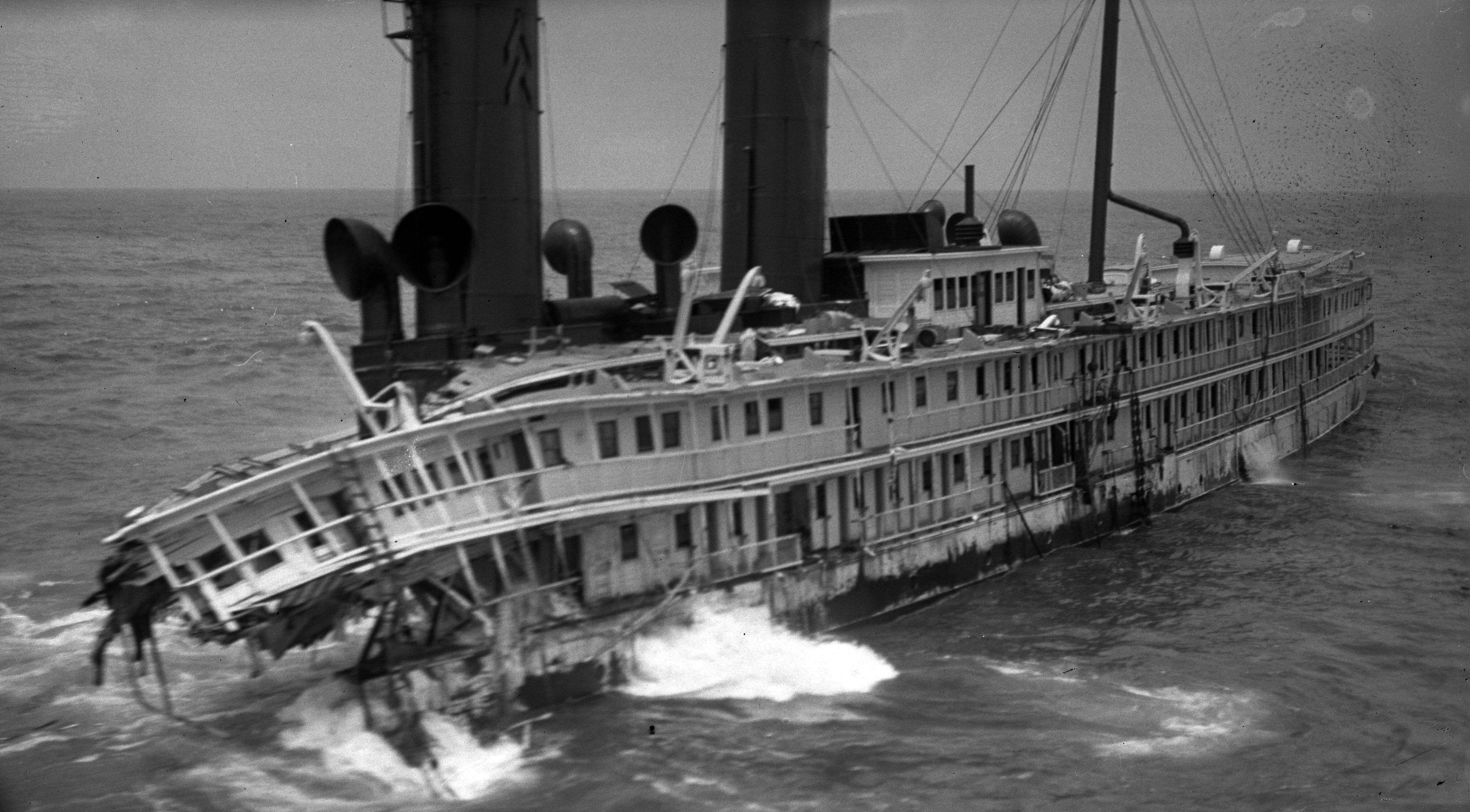SS Harvard
Wreck Location
Harvard lies northeast of Point Arguello south of Pismo Beach, California, offshore in 25 feet of water one mile away from Honda Rock. The location shown is based off approximation using information from diver Ken Kollwitz's map and the website Channel Island Dive Adventures. The map gives geographic landmarks that were hard to track down despite specific names and features being given. Apparently, the wreck is not very often dived. All 3 propeller blades and 3 boilers are intact. The Harvard sadly hasn't survived the years of abuse and like the wreck of the American Star grounded similarily off Fuerteventura in the Canary Islands, the pounding surf and restless ocean destroyed the Harvard's hull and superstructure. Whatever remains is miniscule and fused in concretians with the seafloor. The area is teeming with wildlife and lots of fish. The visibility is 10 to 15 feet. I can imagine due to the large waves and surf, the conditions are somewhat difficult, but sounds like it's an easier dive than most.
~ GPS Shipwreck Location ~
Latitude: 34° 37' 9.4008" N Longitude: -120° 38' 8.8008" W
Description

(Harvard in a 1912 postcard, in her years with the Pacific Steam Navigation Company.)
The SS Harvard was built in 1907 by the Delaware Iron Ship Building and Engine Works in Chester, Pennsylvania for the Metropolitan Steamship Company in New York. Her sister ship was the Yale, launched earlier in 1906. They were iron steamships powered by three screw propellers, each fed by three boilers and powered by three steam turbines. They were 403 feet long and could carry 800 passengers. Both ships were placed on the New York City to Boston route in 1907.
In 1910, the Harvard and Yale were both sold to the Pacific Steam Navigation Company and brought around Cape Horn to California. They operated between San Diego, Los Angeles and San Francisco. Both ships proved very popular and became known as the "White Flyers of the Pacific" and were the fastest coastal steamships in California.

(USS Charles (ID-1298) in Southampton, England around 1918. Note the bridge wing and raised bridge roof above the original pilothouse. This was later removed when she became the Harvard again.)
Both the Harvard and Yale were drafted in March 1918 from their owners by the United States Navy for use as troopships in the first World War. Brought to Mare Island, the two liners were heavily converted into fast troopships painted in Atlantic Dazzle and comissioned as the USS Yale (ID-1672) and USS Harvard (ID-1298) on April 9, 1918. Two days later, USS Harvard was re-christened USS Charles (ID-1298). On June 26, USS Charles arrived in Hampton Roads, Virginia, took on a load of troops and made her first wartime voyage to Brest, France. Charles was then based out of Southampton, England operating between Brest and Le Havre in France for the duration of the war and beyond. Her services were ended on May 5, 1919. Charles made her last voyage in Europe from Rotterdam to New York City carrying war refugees to the United States. She was decomissioned in June 1920.
Both USS Charles and USS Yale were dearly missed in California by their former passengers. A business consortium out of Los Angeles purchased the two old troopships and brought them back to California. Both were heavily refurbished, rebuilt and refinished as passenger ships once again. The Charles was renamed back to Harvard. The ships were operated and owned by the Los Angeles Steamship Company (LASSCO) and the two fast liners, now burning oil instead of coal, restarted their old run between Los Angeles and San Francisco. Another new addition to the ships were the ballrooms. Harvard and Yale once again proved popular and carried hundreds of passengers over the next decade. In 1930, LASSCO was taken over by the Matson Navigation Company and became a wholly owned subsidiary.

(The end of Harvard in 1931. She is being pounded and destroyed by the surf of California's unforgiving coastline.)
On May 30, 1931, Harvard left San Francisco for the last time. Past midnight on May 31, Harvard ran agound travelling at high speed in dense fog. Thankfully, no one was hurt, but Harvard was stuck fast on a reef north of Honda Rock. There didn't seem to be any panic among the passengers either. The passengers evacuated the ships into lifeboats and were rescued by the freighter Anselmo and the cruiser USS Louisville (CA-28). The close to 500 passengers were all brought to Los Angeles without incident. Despite salvage attempts, the Harvard could not be freed. Her bow eventually ripped off and was destroyed. Harvard was abandoned and declared a total loss.
Footnotes
Harvard in basic and overall design is comparable to the Lusitania and Mauretania. Powerplant-wise, her arrangement and layout is similar to the Rewa, but carries three less boilers. It's likely Harvard was built similar in shape hull-wise to the brand new turbine driven destroyers of the world's navies or by the British steam turbine yacht Turbinia, which inspired the naval destroyers and Cunarders.